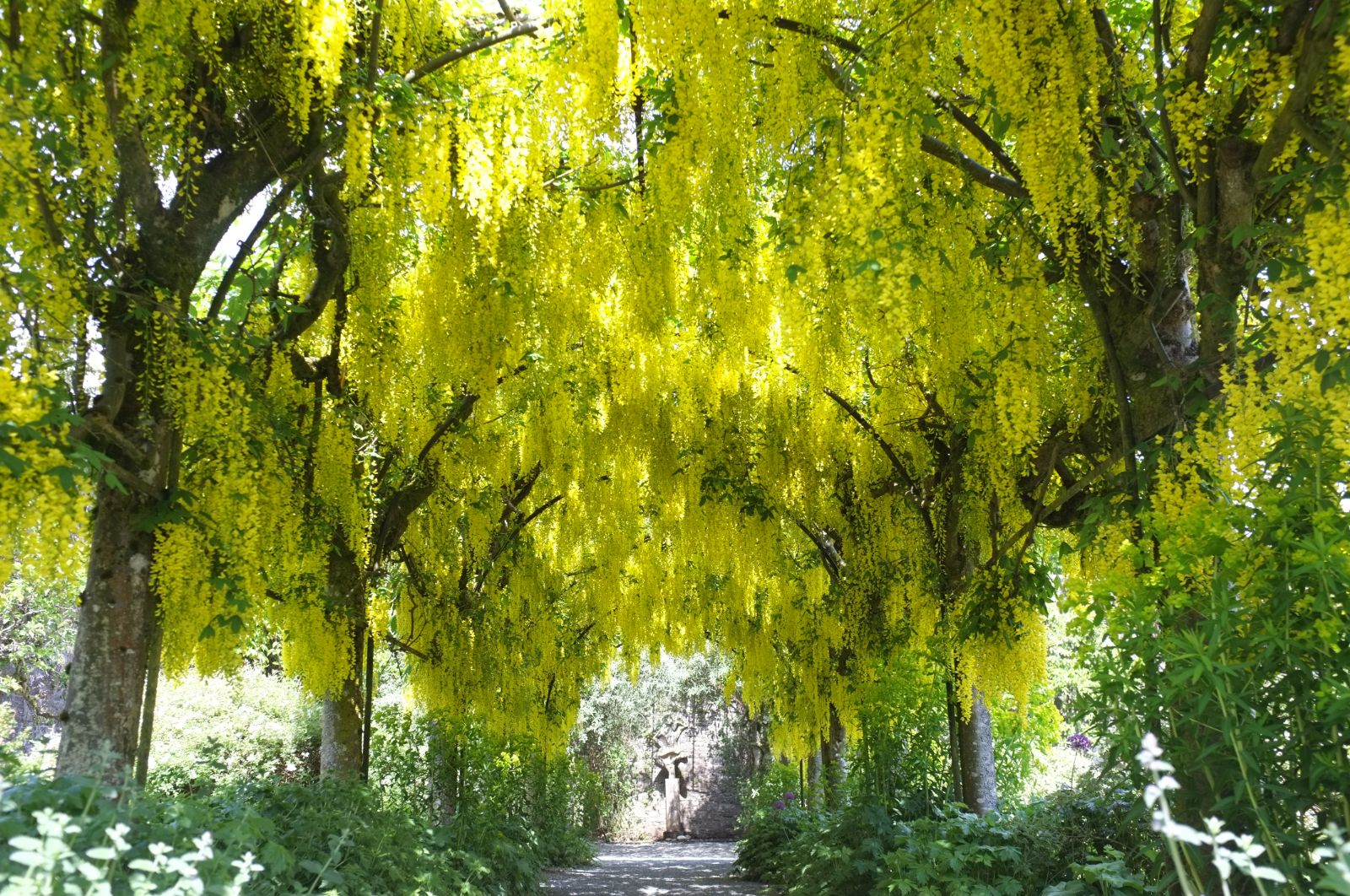Laburnum × watereri
Credits
Article from Bean's Trees and Shrubs Hardy in the British Isles
Recommended citation
'Laburnum × watereri' from the website Trees and Shrubs Online (treesandshrubsonline.
Genus
Synonyms
- L. vulgare watereri Kirchn.
- Cytisus × watereri Wettst.
Infraspecifics
Other taxa in genus
Hybrids between L. alpinum and L. anagyroides have arisen on several occasions in gardens and have also been found in the wild. The group-name for such hybrids, wild and cultivated, is L. × watereri, the type being the laburnum raised at the Knap Hill nurseries at some unknown date before 1864, and distributed as L. vulgare watereri. The distinguishing characters of the Knap Hill laburnum are: Young stems glabrous as in L. alpinum. Leaflets thinly appressed-hairy beneath and hence intermediate in indumentum between the parents. Inflorescences dense as in L. alpinum but with flowers almost as large as in the other parent. Pods intermediate, being less hairy than in L. anagyroides and neither winged nor much thickened at the suture.
From the Supplement (Vol. V)
† ‘Alford’s Weeping’. – Of pendulous habit. The original plant was found as a seedling in one of the Hillier nurseries; named 1968.

